DANCE LESSON PLAN 2 OF 4 FOR DIV 1/2 (GRADES K-6)
Dance is not only a physical education curricular requirement in Alberta schools, it’s also a fun and expressive way to move your body! This is the second in a series of four Div 1/2 (grades K-6) dance lesson plans to help you teach movement. These lesson plans build from week-to-week, so if you haven’t seen the first post, find it here:
You don’t need to be a phys ed teacher to integrate dance and movement into your classroom! Physical activity helps students to learn and regulate their emotions. Try adding a 2-minute dance break in your next class.
DANCE LESSON 2 OF 4: LEVELS AND PARTNERS
DIV 1/2 (GRADES K-6)
MATERIALS
Large, elastic fabric, or material that connects end-to-end to make a complete circle.
INTRODUCTION
Dance takes place with our bodies in space and in the actions we do with our bodies. The body can move in different levels to create dynamics and different meanings with the same movement. Levels in dance refers to high, medium and low:
- Low levels are close to the ground or with the majority of the body touching the ground
- Medium levels are created between the knees and shoulders
- High levels are created above the shoulders and head.
All three levels can be explored in small or large shapes and movements.
ACTIVITY SEQUENCE
Warm up
Review Laban’s Eight Movement Efforts, trying them at different levels (ie. close to the ground, standing with bent knees or on knees, standing straight).
Making shapes
1. This activity involves the students making choices about their shapes as the instructor guides them through levels and tempo. Start by making a high level shape and freeze. The students can mimic you, but encourage them to make their own. Make another high level shape. Do the same with a medium level, changing the shape once and a low level. Continue with changing the level of the shape, but use counts in the music to shift levels, or tempo (fast or slow). Laban qualities can be used to describe – float from a low level shape into a high level shape; make a high level shape then slash your body into a medium level shape and freeze.
Give the students freedom to choose their own level and tempo. Ask:
- “Are you moving fast or slow into the shape?”
- “How often are you changing your level?”
- “Are you doing the same shape each time? If so, change it up, or see what happens if you move into that shape fast or slow.”
2. This activity moves the levels through space. Go to one side of the room so the group can travel across the floor. Shorter distances for K-2 works better. Ask the students to walk from one side to the other and freeze. Next, ask them to take one step and freeze into a shape at any level. Then ask them to take another step and freeze in a different shape at a different level. The students continue across the floor making a shape with every step they take. Remind them it’s not a race. Instructors can do this to the beat of a popular song or percussive music if that helps to slow the students down. Lastly, see if the students can make all their levels connect so all movements are smooth, like gliding or pressing through the space, changing levels. Encourage rolling, knee sliding, spinning, floating or moving through thick grasses and mud.
3. Positive/Negative Puzzles – Have the students find a partner and stand in a circle next to their partner with the whole class. Explain positive and negative space:
- Positive space is the body or anything solid, like chairs, walls and floors
- Negative space is the air that surrounds the positive space (objects)
- Have each student make a shape at any level, making their positive space (bodies) take up lots of stretchy room so that there is lots of negative space around them, under their arms, legs, and body (if he/she is in a low shape).
Partners will be labeled A or B. Reminder: Our bodies will not touch each other’s. Partner A with make a shape. Partner B will make a shape around Partner A in their negative space, like a puzzle piece fitting together. Switch. Variations:
- Use scarves to make stretchy shapes and to avoid hands touching other bodies
- Slowly, partners make a shape at the same time and freeze. This can shift on counts with the music or at their own pace
- Make one large connected shape with the whole class
- This often looks like a 3-D snowflake or sea creature when finished.
- For Grades 3-6:
In partners, travel across the space, moving through levels and trying to fill your partner’s negative space. - Split into groups and use the large elastic to form and move through different formations as a group at different levels. Ask: “How does the elastic/material react if one person changes levels, or if everyone does at the same time/different times? What choices do you have to make with your group while moving continuously and changing levels? These choices should happen through movement and not verbal communication. How do you problem solve using levels and tempo changes?” CLOSURE Give the students time to free dance but ask them to change levels often, as well as tempo. The older students could continue to move with the large piece of fabric or elastic. Look for momentum, flow, varied tempo in body, choice of movements and shapes.
CLOSURE
Give the students time to free dance but ask them to change levels often, as well as tempo. The older students could continue to move with the large piece of fabric or elastic. Look for momentum, flow, varied tempo in body, choice of movements and shapes.


